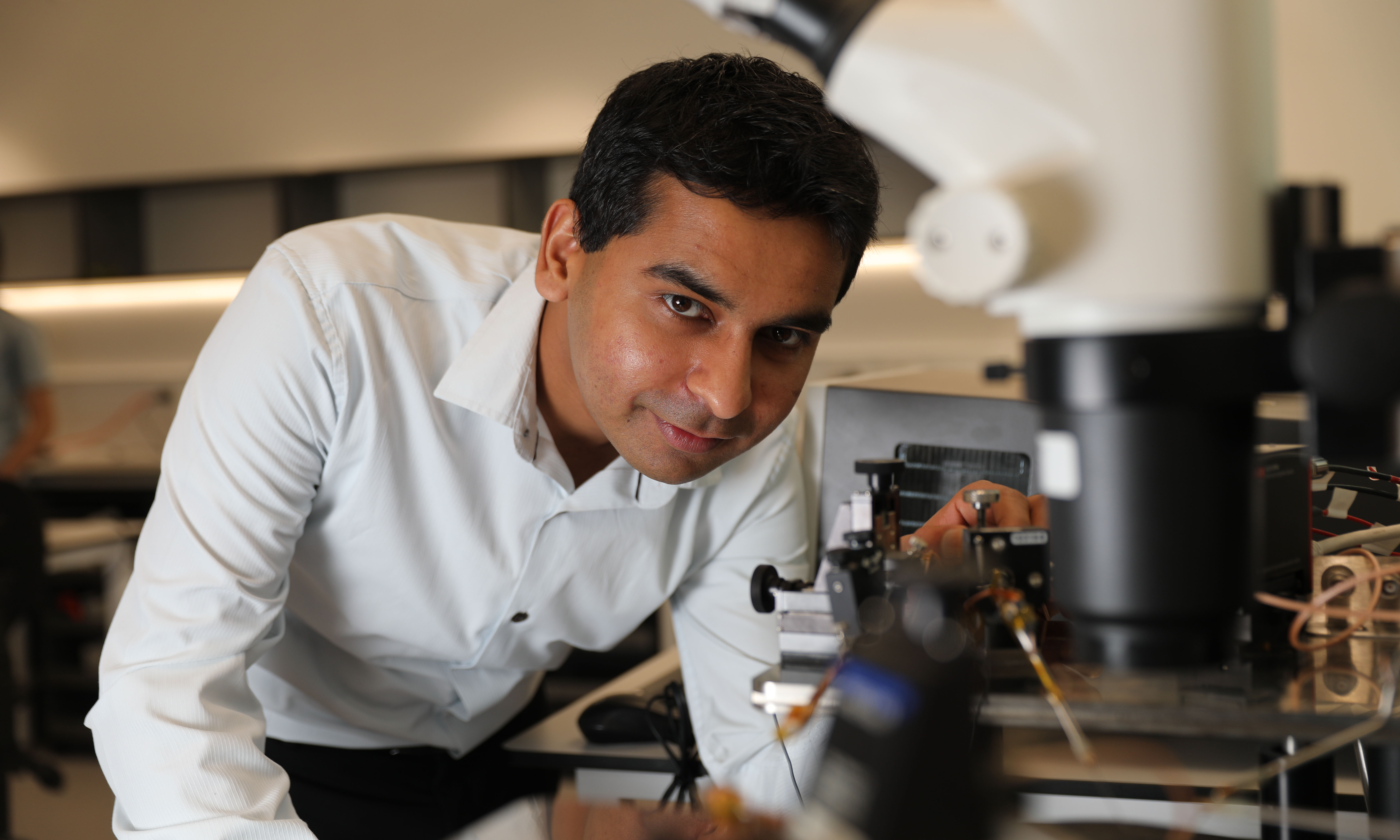Emojis help students accept online feedback
With millions of students learning online amid the COVID-19 pandemic, researchers have been investigating effective ways for educators to give feedback to students studying remotely.
RMIT researchers win prestigious 2018 Victoria Fellowship
RMIT researchers Sumeet Walia and Flora Salim have been awarded Victoria Fellowships for their outstanding work in nanotechnology and data science respectively.
Fact check: Are your chances of getting the flu after a vaccination only decreased by 1 to 2 per cent?
Professor of Public Health at Bond University, Chris Del Mar, has called into question the effectiveness of the influenza vaccine
Snooze mobiles: how vibrations in cars make drivers sleepy
New research has found the natural vibrations of cars make people sleepier, affecting concentration and alertness levels just 15 minutes after drivers get behind the wheel.








